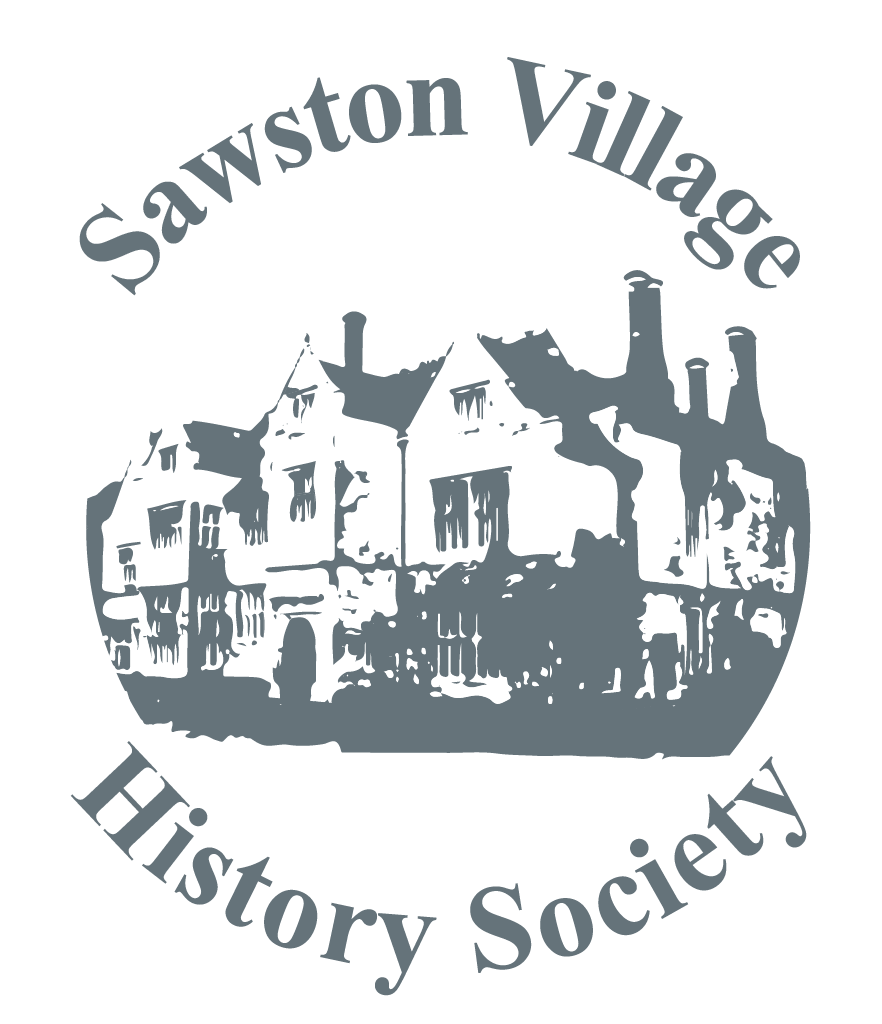
This month we learnt about one of the most important companies in the Cambridge area, namely Marshalls. This interesting talk was given by Terry Holloway who joined Marshalls after leaving the RAF as a Group Captain.
Marshalls, unusually, has retained the family links through three generations. It was founded, almost accidentally, in 1909 (yes, 100 next year!) by David Gregory Marshall. He was born in 1873 and started work, with no formal qualification, as a chef at Trinity College, where his managerial and entrepreneurial skills appeared to be quickly recognised. This was probably why he was asked to sort out the University Pitt Club in Jesus Lane (could this have been the Cambridge equivalent to the notorious Oxford Bullingdon Club for young toffs?) which was losing money. He very soon succeeded in making this a success. He noted that the poor young gentlemen, after leaving the club, often had difficulty in finding transport back to their rooms. Seeing an opportunity, in 1908 he bought 2 new motor cars and started a motor car taxi service called Brunswick Motor Car Company because it was initially based in a lock up garage in Brunswick Road. This became an instant success so Marshall was able to relocate to newer, bigger premises in Kings Street in 1910. The business expanded to include car selling and servicing which prompted a further move to Jesus Lane in 1912.
At the outbreak WW1 the name was changed to Marshalls Auto Engineers, a touch less Germanic than Brunswick Motor Cars. Utilising his earlier experience, for the war effort David now took up a reserved occupation as catering manager for the Woolwich Arsenal, which now had mainly female munitions workers. Marshall’s main war work was the maintenance of the many ambulances in and around Cambridge. In 1920 the firm was awarded the Austin distributorship in the Cambridge region which included the very popular Austin 7.
In the early 20s, Marshalls took a major leap into the now rapidly developing aeronautical industry after David Marshall’s son, Arthur, when graduating from Cambridge with an engineering degree, learnt to fly in such planes as the de Haviland Tiger Moth. This led to the purchase of an airfield at Fen Ditton from where the famous Cobham Flying Circus performed in 1929 and from 1930 was the HQ of the Marshalls Flying School.
In spite of the Great Depression of the early 1930’s, the Marshalls Aero business grew and grew with the demand for training and aircraft servicing. So a larger airfield was bought near Teversham and was opened in 1937 by the Secretary of State for Air, Sir Kingsley Wood. With the growing international tension military air training intensified. The revolutionary new Spitfire was shown at the airport in 1938.
During WWII 20,000 RAF pilots were trained and the training scheme was adopted by the RAF in 1941. During the war Marshalls also modified and repaired over 5,000 aircraft, including Mosquitoes, Spitfires, Hurricanes, Wellingtons and B17s. During this time the work force had expanded to over 3,000.
After the war the aeronautical part of Marshalls became Marshalls Aerospace to reflect the rapid growth in aircraft technology and to keep pace with increasing aircraft complexity. It had major contacts with many governments for the modification, testing and repair of aircraft including the Canberra, de Haviland Venoms, and the Vickers Valiant, Varsity, Valetta, Viking and Viscount. Members may recall a fascinating talk by our own Doug Page some years ago about his experiences as a Marshalls test pilot and we were delighted that he was able to come to the talk.
Later there was the ongoing servicing of the Hercules, Valiant modifications, development of the Concorde “droop snoot” and the construction of a flying test bed for the A 400M. In 1995 Marshalls carried out the design and conversion of a TriStar to carry Pegasus satellite launch rockets. There was one particularly challenging task when they were required to paint a TriStar yellow, overnight – a task that would normally take two weeks to complete. It was truly a case of all hands on deck and man the brushes!
Another important Marshalls company is Marshalls SV (Special Vehicles) which includes the well known range of ThermoKing refrigerated lorries, military ambulances, prison vans and modular operating theatres, amongst others. This company also carried out some very important development work, notably with the invention of the fuel cell powered by oxygen and hydrogen. The technology later being used by Pratt and Whitney in the manned flights to the moon.
The original business of chauffeur driving is still being operated by Marshall Executive Chauffeur using a fleet of Jags. It seems unlikely that when David Marshall started his 2-car taxi service 99 years ago he could have dreamt his creation would become one of the major UK company’s. There may well be a little celebration in 2009 to mark the centenary!